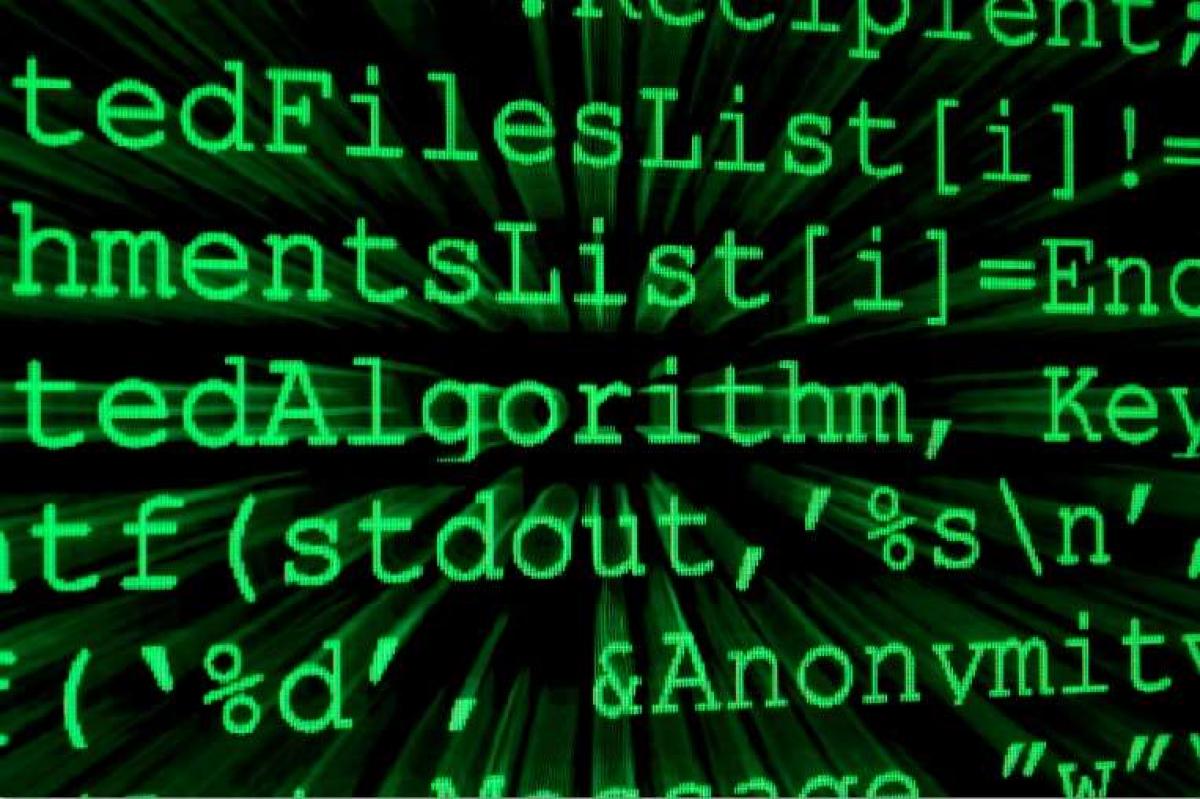Mid-October news reports tell us that Navinder Sarao has lost his effort to avoid extradition from Britain to the United States. So he will face charges in the U.S. in connection with the “flash crash” of May 2010, the incident in which the DJIA fell 998.5 points in less than five minutes.
Early speculation about the cause of that quickly-reversed crash fingered Waddell & Reed, a mutual fund manager in whose offices someone apparently fell asleep with his hand on the “sell” button for E-mini S&P futures.
Sarao, and his day trading from a modest home in west London, came under scrutiny only later. He had apparently been using an algorithm that automatically generated bulk sell orders with no intention of actually selling, but just to layer the sell side of the order book, creating the impression of looming selling pressure.
The prosecution’s theory of the case is that Sarao’s rapid-fire spoofing, even though small time in the context of the volume of the markets, came at just the wrong moment, in connection with the Waddell & Reed offer, and catalyzed market-wide consequences.
Doubting the Prosecution’s Theory
A new paper by Eric M. Aldrich and two colleagues throws some unflattering light on this theory. Aldrich, of the economics department at the University of California, Santa Cruz, worked with Joseph Grundfest (a Yale law professor) and with Gregory Laughlin. Loughlin, also affiliated with Yale, is a professor of astronomy, though his publications indicate more earth-bound interests than that might suggest. He co-authored an important paper on information transmission between the financial markets of Chicago and New York, three years ago.
The new Aldrich-Grundfest-Loughlin paper, “The Flash Crash: A New Deconstruction” is not interested in the question whether Sarao’s behavior actually broke any laws, incurring either civil or criminal liability. It is concerned, rather, with the macro impact of his actions, and especially with whether the markets could be quite as liable to such catalyzing effects as the prosecution theory suggests. If they are, that implies that the markets are (or were as of 2010) “alarmingly fragile,” which is an important datum.
Also, and even more relevant one would think to the ultimate question of the extent of Sarao’s punishment should he be found guilty of market manipulation, the authors of this paper seek to throw light on the question of whether Sarao “could have foreseen that his conduct would have such an effect” even if one finds or presumes that it did.
To be quite concise, the authors’ answers are: No, and no. No, Sarao cannot reasonably be expected to have foreseen such a consequence of his actions and (separately) no, the crash probably was not an effect of his actions.
Fix the Corruption of Data
Aldrich at al agree with the U.S. authorities that “offer-side order book imbalances increased substantially in the hour immediately prior to the crash … at price levels deep in the book,” a development consistent with Sarao’s spoofing algorithm. But (and it’s a big ”but”), their analysis of the critical trades suggests “that the statistical impact of deep order book imbalances on subsequent price movements is miniscule over the relevant time horizons.”
Indeed, on the question of foreseeability, Sarao was surely aware that his orders “were sufficiently far from marketable prices so as not to display useful information.”
The authors of this paper develop a model that indicates that the flash crash took place because fundamental traders left the market and that that happened due to corrupt data. Had the fundamental traders remained in the market, Sarao’s pointing and clicking from his parents’ home “should have had no impact on prices.”
From a policy point of view, the idea that Sarao caused the flash crash is dangerous, because it may encourage an excess of prosecutorial activity at the expense of spoofers and the delusion that this does something to address the market structure issues. Corrupt data is at the heart of those issues in reality, spoofing is far from them.
“To be sure,” the authors conclude, “the prosecution of illegal manipulative trading activities can play a role in the government's regulatory strategy, but the danger is that regulators will perceive this form of enforcement activity as an effective substitute for more fundamental restructuring of modern markets.”




